Plant Lovers' Almanac: Potato, po-tah-to, tomato, to-mah-to, let's learn more
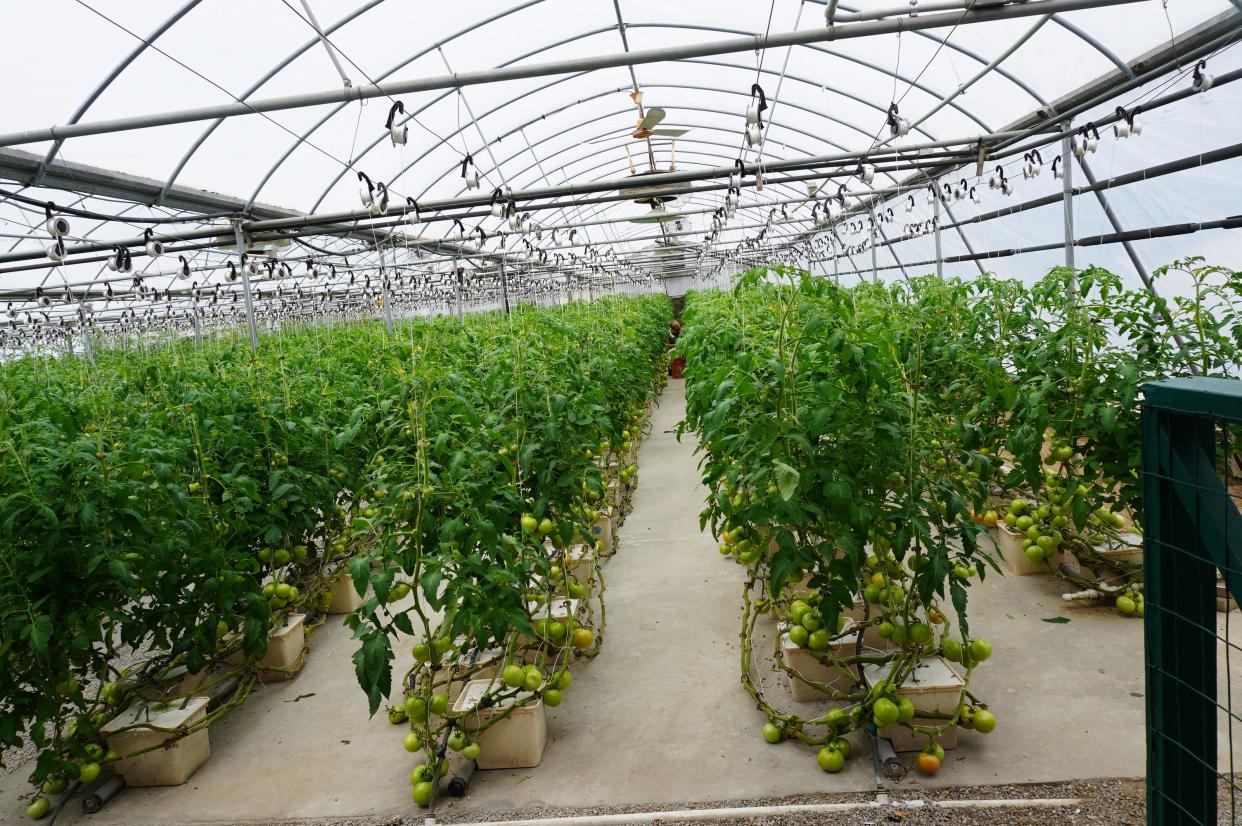
You say tomato, I say tomatillo
Meet the Solanaceae, the plant family (related genera), often known as the tomato or nightshade family. Consider this a hate and love letter to the tomato, with the Latin binomial of Lycopersicon esculentum, literally “edible wolf-peach.”
The “wolf” moniker is from the early days after tomatoes were brought from the New World (Andes Mountains) to the old (Europe and Asia) and first thought to be poisonous. Actually, parts of tomato are poisonous, roots and leaves, but not the fruits.
On the flip side, tomatoes were also thought by the Spanish to be aphrodisiacs, and termed “love apples” … Well, consider many a moonlit night of great tomato-based pastas (and wine) at an Italian restaurant.
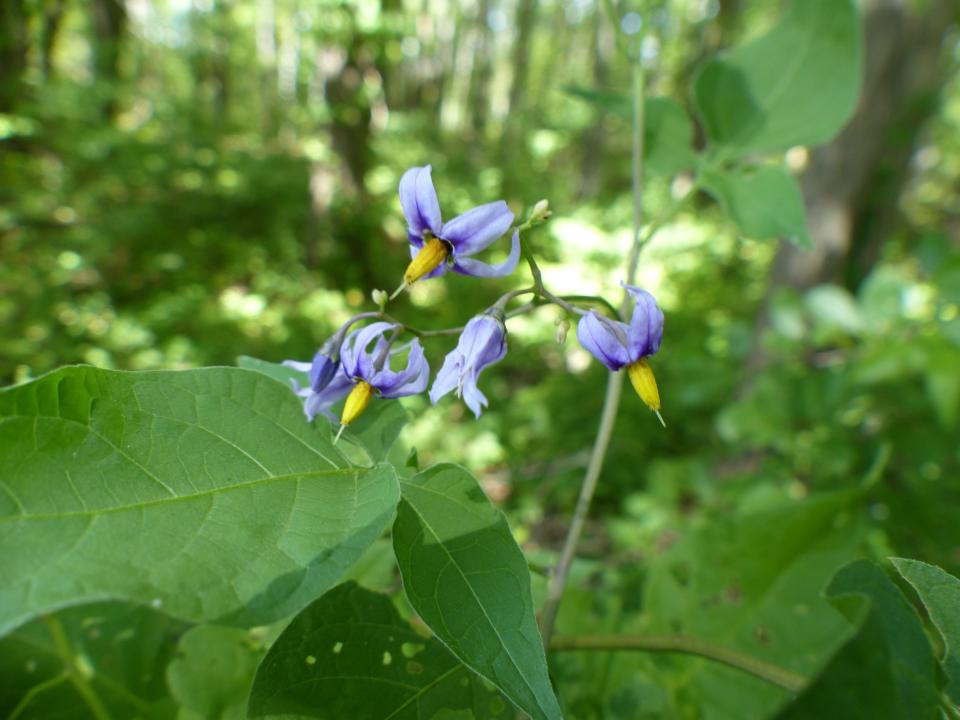
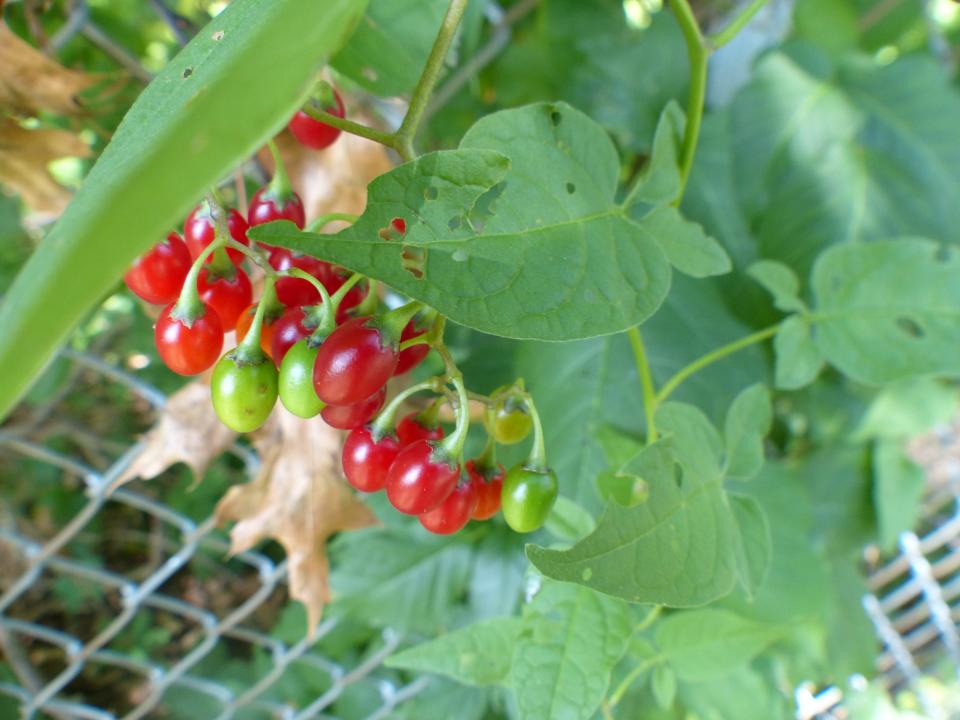
These bioactive suspicions were not totally irrational, in the sense of other related genera in the Solanaceae. Jimsonweed (Datura stramonium) is a dangerous hallucinogen, and deadly nightshade (Atropa belladonna) is a known poison, a reputed aphrodisiac and even a medieval cosmetic (“belladonna” translates to “beautiful woman”). It's a case of “dosis sola facit venenum” or “only the dose makes the poison,” attributed to the ancient Greek Paracelsus, a 16th century physician-philosopher.
But back to that Italian cuisine: The Solanaceae rules! Roma tomatoes for your sauces, eggplants (Solanum melongena), Italian fried potatoes (Solanum tuberosum), perhaps some sweet bell peppers or hot peppers or pepperoncinis (Capsicum spp.). Those tomatoes and potatoes and peppers are South American, and the eggplants are originally from India. Where would we be without them?
Some people, including many children, will say they do not like tomatoes, and this may be true for stewed tomatoes and for some fresh tomatoes due to their texture, but when you ask those youngsters a second time with regard to pizza, spaghetti and ketchup, well, there are few holdouts.
Plant Lovers’ Almanac: An ode to black raspberries, columbines, aspens and apples
Plant Lovers’ Almanac: Hydrangeas, Japanese beetles and a 200-year-old bur oak
For the Americas, in addition to the aforementioned delights, there are tomatillos for your salsas.
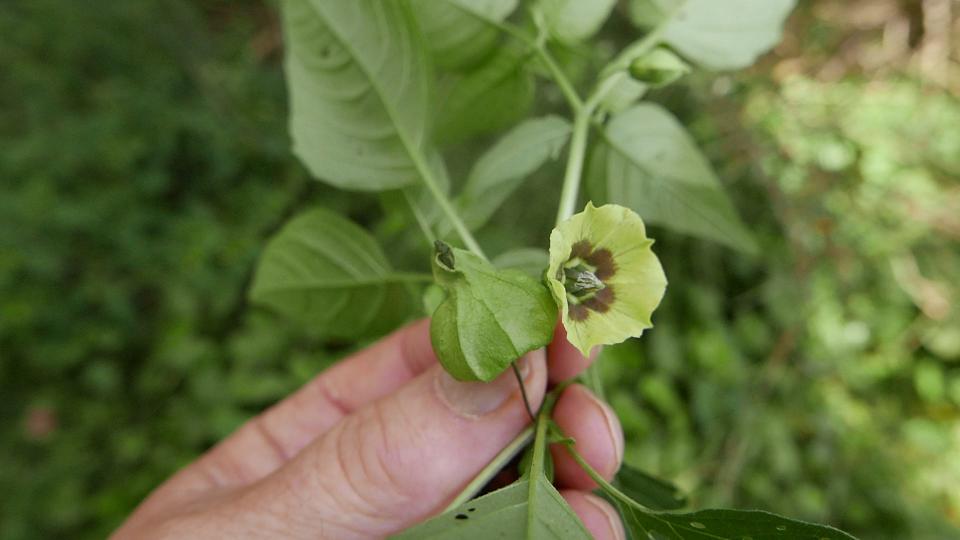
And ground-cherries (Physalis pruinosa): I remember decades ago sharing some French macarons I had brought from Pistacia Vera in Columbus with Wooster chef Mike Mariola and in return he gave me some tiny, tomato-like ground-cherry fruits dipped in molten chocolate. Acid/sweetness contrast to die for.
Then there is the coup de grace: the peppers in the genus Capsicum, let us count the types, from mild banana, pimiento and bell peppers to spicy hot types such as chili peppers, cayenne peppers, tabasco peppers, hot wax pepper hybrids — all from those South American Capsicum types that were then cultivated in Central America, then southern North America, and then all of the Americas, Europe and Asia.
Potatoes' powerful place in past
World culinary history thus owes much to those South American solanaceous plants that after those “voyages of discovery” arrived in Europe and Asia.
It is argued that potatoes changed the history of warfare in Europe. Before widespread potato horticulture in Europe, raiders could bring populations under control by seizing large grain storage sites; with potatoes, easily stored for the winter by individual farmers, it was more difficult to subdue the countryside.
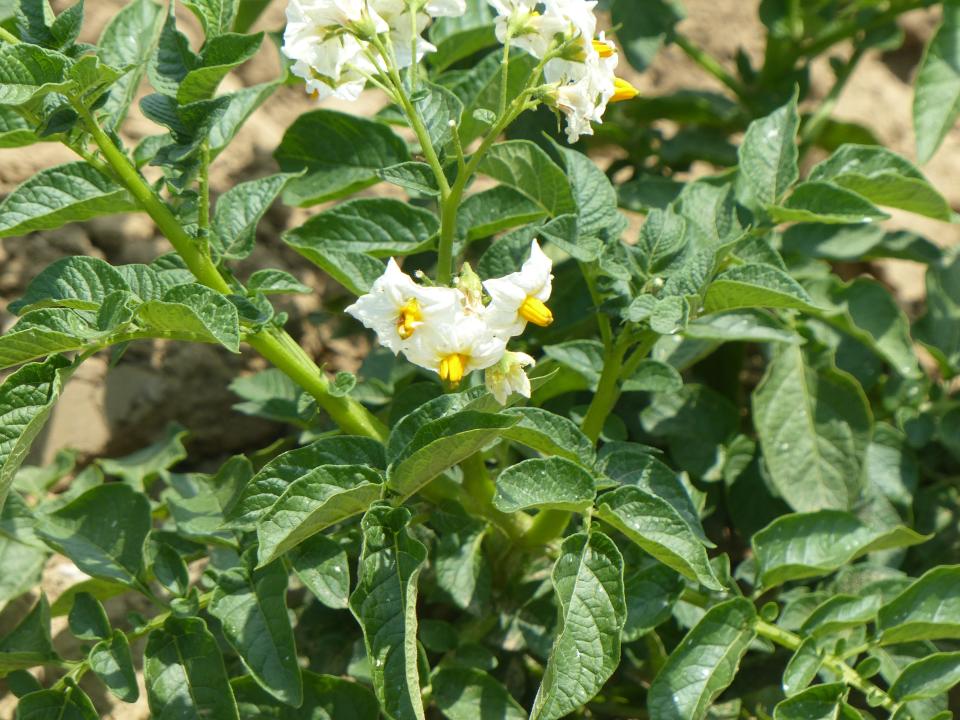
As potatoes, a nutritional powerhouse despite our current carbo-phobia, swept through European farms, populations became overly dependent on potato monocultures, a vulnerability resulting in tragedy in the 1840s, especially in Ireland with its unsustainable tenant farmer system. The late blight of potato plant pathogen devastated the potato fields. Millions starved and millions emigrated, especially to Canada and the United States. Welcome, Irish.
Plant Lovers' Almanac: Readers wonder what's attacking their plants
This disease does tell another story. The fungal-like pathogen Phytophthora infestans, which originates where potatoes and tomatoes and Capsicum peppers originated, in South America, also infects other plants in the Solanaceae, but in no other families. This is a familiar story of what plant pathologists call the host range of pathogens. Late blight disease occurs only on certain related plants in the Solanaceae but not in other plants, much like bacterial fire blight disease occurs only on some plants in the rose family (Rosaceae).
And last, beauty and the beast
Which brings us now to two additional members of the Solanaceae, one causing pleasure but great devastation, the other great and increasing beauty.
First, Nicotiana tabacum, the most influential of the 70 or so species in this genus. It is again from the Andes, and of course brings us tobacco, a crop that made many rich and many sick over the centuries.
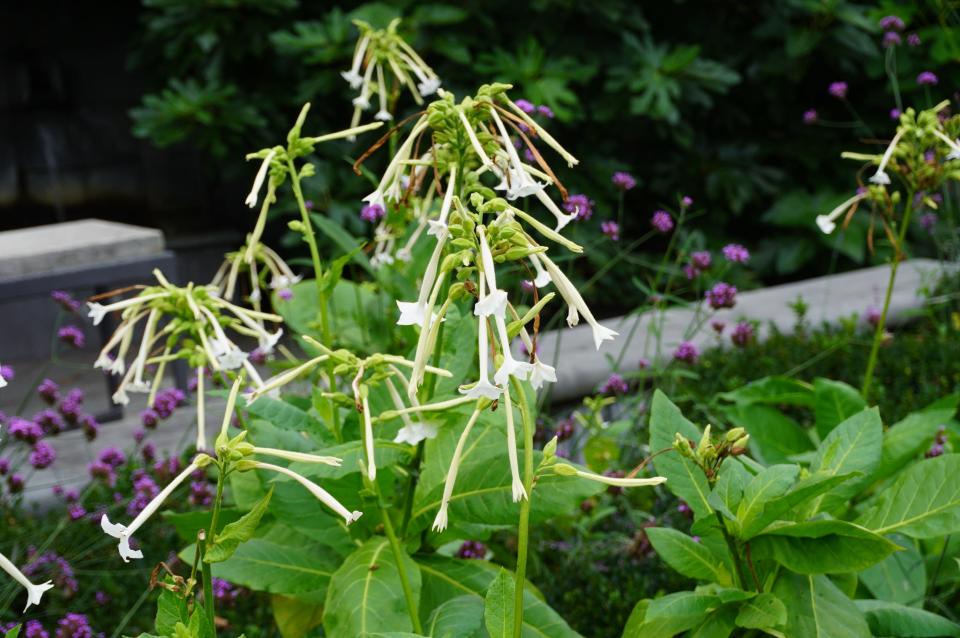
As is the complicated case with everything else in nature, the nicotine in Nicotiana is also beneficial in certain contexts, at least if you are trying to control insect pests; it is a powerful “natural” insecticide, though this does not mean it is safe to use without cautions. Nicotine is also the archetype chemical in a range of widely used neonicotinoid insecticides.
Pity poor Jean Nicot de Villemain, the 16th century scholar and traveler who introduced tobacco to France. For his troubles he fostered what became huge agribusiness enterprises, but his name also is reflected in many “vill-ainy” tombstones far into the present and future.
One salve: There are many ornamental Nicotiana species, such as N. alata, ornamental tobacco with long, beautiful flowers for the garden.

Finally, a beauty to the Nicotiana beast: the genus Petunia. If you have not noticed, in recent years the old standby petunias and their smaller cousins in the genus Calibrachoa, both native to the Pampas of South America, have blossomed into wonderful new variations, thanks to the efforts and genius of herbaceous annual plant geneticists.
Check them out all around you, thriving even in the heat of summer — as long as you water during droughts.
Learn more about Solanaceae
The next Secrest Arboretum/OSU Extension “All in the Family” school is Aug. 4.
There should be plenty of heavenly Ohio tomatoes from the summer heat by then and, oh, the wonders of the Solanaceae, which I will speak about.
Also on the program is Paul Snyder talking about the Asparagaceae, plants such as the type genus Asparagus; wildflowers and ornamentals such as Solomon’s seal (Polygonatum); the ultimate foliage plant now in flower, Hosta; tropical foliage plants such as Dracaena and Sansevieria; and garden favorites such as hyacinths, Scilla and lily-of-the valley (Convallaria).
Add in insect family profiles by Denise Ellsworth and Roger Downer, and it will be a fun day (10 a.m. to 3 p.m. of talks and walks, food and samples). Find registration information at secrest.osu.edu or call Paul Snyder at: 330-263-3761.
Note: I misspelled the name of the pivotal agronomist, geneticist Nikolai Vavilov in last week’s Almanac. It is “Vavilov,” not ‘Vasilov.” Apologies. Incidentally, in addition to his theories about the centers of origins for grains, apples and more, he demonstrated the geographic origins of tomatoes, potatoes and many other solanaceous plants. “To-may-toes” or “to-mah-toes” is a matter of opinion and intonation, but Vavilov will always be Vavilov.
Jim Chatfield is a horticulture educator and professor emeritus at Ohio State University Extension. If you have questions about caring for your garden and other topics, write to chatfield.1@osu.edu or call 330-466-0270. Please include your phone number if you write.
This article originally appeared on Akron Beacon Journal: Plant Lovers' Almanac: Plant family of tomatoes and potatoes offer pleasure and poison

